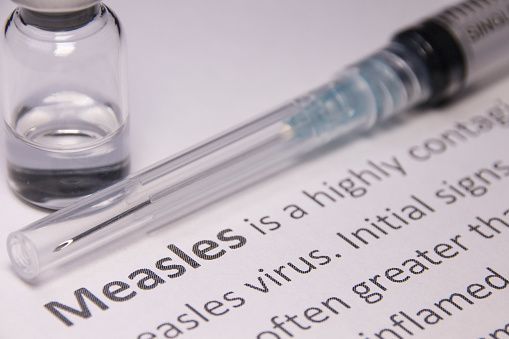
Cancer is a not a single, untreatable disease. Cancer develops in stages, and each stage tells a different story about how far the disease has progressed and what treatment options are available. Catching it early can make a huge difference in treatment outcomes.
Here's why awareness about cancer staging is vital. Staging is one of the most critical factors in cancer treatment, explains Dr Vinayak V Maka, Senior Consultant, Medical Oncology, Ramaiah Institute of Oncosciences, Ramaiah Memorial Hospital. "It helps to determine the extent of the disease and decide on the most effective treatment strategy.

The earlier you catch it, the better the chances of remission," he adds. Different stages of cancer and what they mean: Cancer doesn’t spread overnight—it progresses step by step. The stages are classified based on tumor size, lymph node involvement, and whether it has spread to other parts of the body.
“This classification helps guide treatment and gives patients a clearer idea of what to expect,” says Dr Maka. He explains: Also read | Cervical cancer: How quitting smoking, healthy diet, regular check-ups can reduce risk Stage 0 (Carcinoma in situ): This is the earliest stage, where abnormal cells are present but haven’t invaded deeper tissues. Since the cancer is confined to one location, it is highly treatable and often curable with timely intervention.
Stage I (Early-stage cancer): At this stage, the cancer is small and contained within the organ where it started. No lymph nodes are affected, and there’s no sign of spreading. Treatment at this point often has a very high success rate.
Stages II and III (Locally advanced cancer): These stages indicate that the tumor is larger and may have spread to nearby lymph nodes or tissues. "At this point, treatment becomes more complex and often involves a combination of surgery, chemotherapy, and radiation. But even at these stages, aggressive treatment can lead to remission in many cases," says Dr Maka.
Stage IV (Metastatic cancer): This is the most advanced stage, where cancer has spread beyond its original site to distant organs such as the lungs, liver, or bones. While Stage IV cancer is generally not curable, advancements in treatment can help manage the disease, reduce symptoms, and extend life. "Many people assume that a Stage IV diagnosis means there’s no hope.
But with modern treatments, including targeted therapy and immunotherapy, we can often improve quality of life and extend survival significantly, " Dr Maka says. Also read | When back pain is more than just a strain: Here's how cervical cancer can affect your spine Determining cancer stages: Dr Maya shares that to classify cancer stages accurately, doctors rely on the TNM system, which helps describe the tumor's characteristics: Why understanding cancer stages matters: Knowing the stage of cancer helps doctors and patients make informed decisions about treatment. “It also allows researchers to track cancer trends and develop new therapies," the expert says.
But most importantly, understanding cancer staging highlights the importance of early detection. "Regular screening and paying attention to symptoms can help catch cancer in its earliest stages when it's easiest to treat. When detected early, the chances of survival are significantly higher," says Dr Maka.
Disclaimer: This article, including health and fitness advice, only provides generic information. Don’t treat it as a substitute for qualified medical opinion. Always consult a specialist for specific health diagnosis.
.















